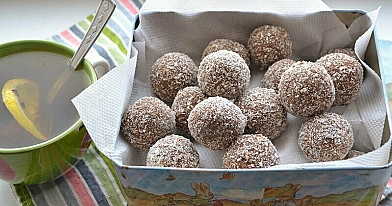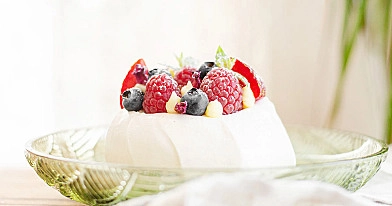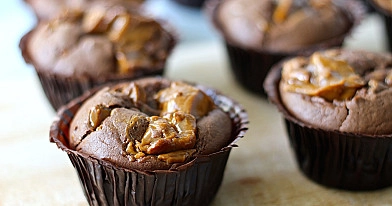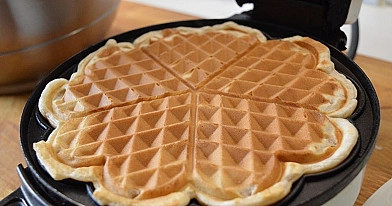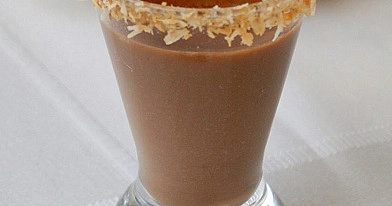
How to make icing without icing sugar
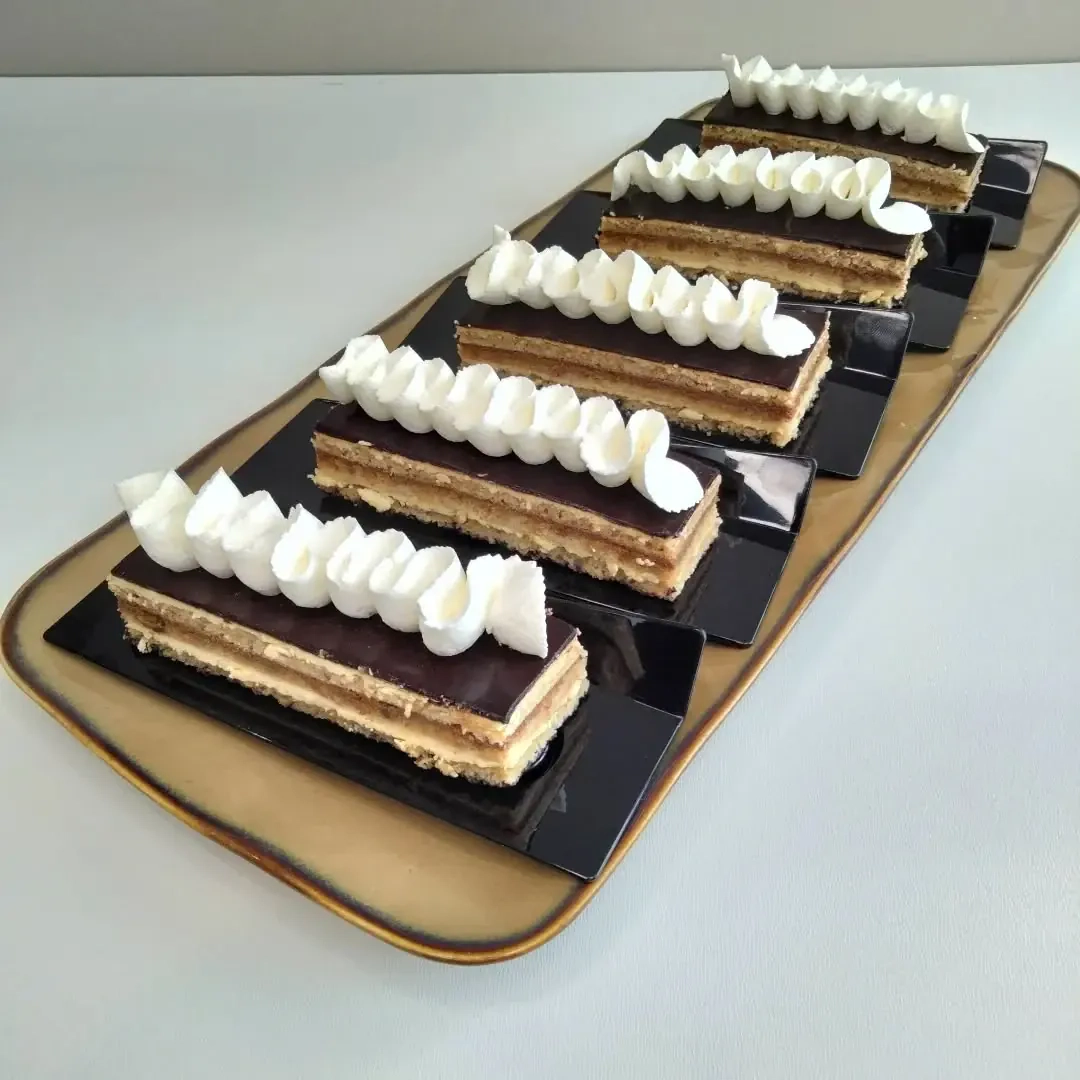
This icing recipe shows you how to frost cakes or cupcakes without using any icing sugar (also called powdered sugar or confectioners’ sugar). It relies on regular granulated sugar or other sweeteners, combined with butter (or alternative fats), flavouring, and heat (or whipping) to create a smooth, creamy, spreadable icing. Many bakers assume icing sugar is essential for icing, but with a few tested techniques, you can get a lovely texture and sweetness using common kitchen ingredients.
I first tried this method a few years ago when my pantry was almost bare and I couldn’t find confectioners’ sugar anywhere (a situation many home bakers face in supply-short times). The result surprised me: a rich, satiny icing that held its shape, tasted clean (not grainy), and worked beautifully on a butter cake my grandparents used to make. This version has been handed down in my family (slightly adapted), so I know it is reliable when executed carefully.
Possible ingredient alternatives:
- Substitute butter with margarine, vegetable shortening, or coconut oil (firm) for a dairy-free or vegan version.
- Use brown sugar instead of white granulated sugar to get a richer, caramel-like flavour.
- Replace regular sugar with superfine (caster) sugar to help dissolve more readily.
- Use cream cheese, mascarpone, or Greek yogurt to replace some of the butter for tangy flavour.
- Use flavor extracts (vanilla, almond, lemon) or zests for aromatic lift.
Cooking tips for the texture and flavour:
- Always dissolve the sugar completely (by heating with a bit of liquid or by using very fine sugar) to avoid a gritty mouthfeel.
- Chill the icing slightly before applying if it seems too soft; cold butter or fat firms up icing.
- Whip the mixture well to incorporate air, for a lighter, fluffier icing.
- Balance sweetness with salt or acid (e.g. a pinch of salt or lemon juice) to prevent the icing being overly sweet.
- If you want a glossy finish, add a little corn syrup or clear invert sugar.
Ingredients
- Butter (unsalted): ½ cup (113 g) at room temperature.
- Granulated sugar (or superfine sugar): ¾ cup (150 g).
- Milk (whole or 2 %): 2-3 tablespoons (30-45 ml).
- Vanilla extract: 1 teaspoon.
- Salt: a pinch (about ⅛ teaspoon).
- Optional: lemon zest or almond extract: ½ teaspoon if desired.
Makes about enough icing for a standard 9-inch cake (or roughly 12 cupcakes):
- 1. I was creaming the butter in a mixing bowl until it becomes pale and fluffy.
- 2. Then I combined the granulated sugar with 1 tablespoon of milk in a small saucepan, and I gently warmed them, stirring constantly, until the sugar dissolved completely.
- 3. As soon as the sugar syrup is smooth (you see no grains), I cooled it slightly (just enough so it is warm, not hot).
- 4. Meanwhile, I added vanilla extract (and optional zest or almond extract) to the butter and a pinch of salt, then whipped the butter until it is light and airy.
- 5. Next I slowly poured the warm sugar-milk syrup into the beaten butter while continuing to beat at medium speed; I made sure the mixture remains smooth and homogeneous.
- 6. If the consistency seemed too thick, I added another tablespoon of milk, mixing thoroughly. If it got too loose, I chilled it in the fridge for 10-15 minutes, then rewhipped to restore structure.
- 7. Once I achieved a creamy, spreadable texture, I proceeded to frost my cake or cupcakes, spreading in even layers as desired.
- 8. Chef’s advice: This icing works best when all your ingredients are at room temperature, especially the butter. Cold butter can lead to lumps, while overly warm butter can make the icing too soft. When dissolving the sugar, do not let the mixture boil or caramelize unless you want caramel notes—just heat enough to dissolve. Also, whipping on medium rather than high speed once everything is combined helps maintain stability so the icing holds its shape.
- 9. I tested this recipe multiple times: first during a family birthday cake, then for cupcakes, and again for small decorative cookies. Each time it delivered a smooth finish, no graininess, and pleasing flavour.
- 10. Enjoy decorating with confidence!
Recipe Directions
FAQ
How can I prevent my icing without icing sugar from turning grainy?
Graininess usually happens when granulated sugar does not dissolve fully. From repeated testing, the most effective method is gently heating the sugar with a small amount of milk until it dissolves completely, then cooling slightly before mixing into the butter. Using superfine sugar also helps because its smaller crystals break down more easily. This approach ensures a smooth, professional texture without gritty crystals.
Is it possible to make this icing lactose-free?
Yes, this icing can be prepared without lactose by replacing regular butter with lactose-free butter or solid margarine, and substituting cow’s milk with oat milk, almond milk, or soy milk. In my kitchen tests, oat milk gave the creamiest consistency while almond milk added a subtle nutty flavor. The key is to choose a plant-based milk with enough fat to keep the icing rich and stable.
Can I freeze icing made without icing sugar?
This icing can be frozen successfully if stored in an airtight container for up to 2 months. From my experience, the best method is to thaw it slowly in the refrigerator overnight, then rewhip with a mixer to restore its fluffy texture. Freezing does not affect flavor, but without rewhipping, the icing may appear slightly separated. Restoring it with a quick whip ensures a smooth finish for frosting cakes again.
How should I store this icing and how long will it last?
When stored in a sealed container in the refrigerator, the icing will keep well for about 4–5 days. Before using, I recommend letting it sit at room temperature for 15–20 minutes, then rewhipping briefly to bring back its spreadable consistency. If stored too long or left uncovered, it may dry out or harden. Keeping it tightly covered is essential for maintaining a soft, creamy texture.
What are the most common mistakes when making icing without icing sugar?
The most frequent mistake is not dissolving the sugar completely, which leads to gritty icing. Another error is overheating the sugar syrup until it caramelizes, which changes both flavor and texture. Using butter that is too cold prevents proper whipping, while butter that is too warm creates icing that won’t hold its shape. Based on experience, keeping butter at room temperature, carefully dissolving sugar, and whipping at a steady speed are the keys to success.
How can I adjust the icing if it turns out too runny or too stiff?
If the icing is too runny, refrigerate it for 10–15 minutes to firm up the butter, then rewhip. If it is too stiff, add a teaspoon of milk at a time while beating until the desired consistency is reached. These adjustments work because temperature controls butter firmness, and liquid controls smoothness. Through repeated trials, I have found this simple balance makes it easy to customize the texture for piping, spreading, or filling.

